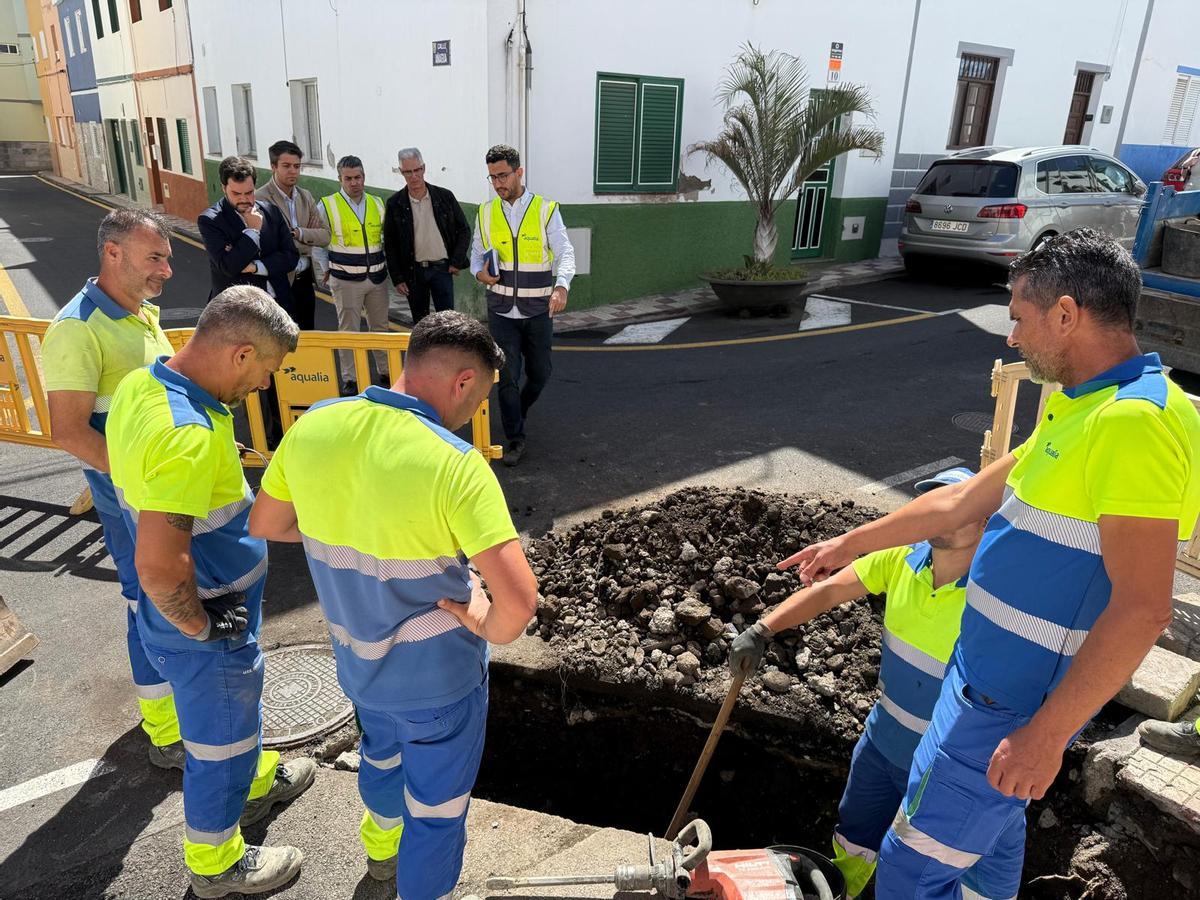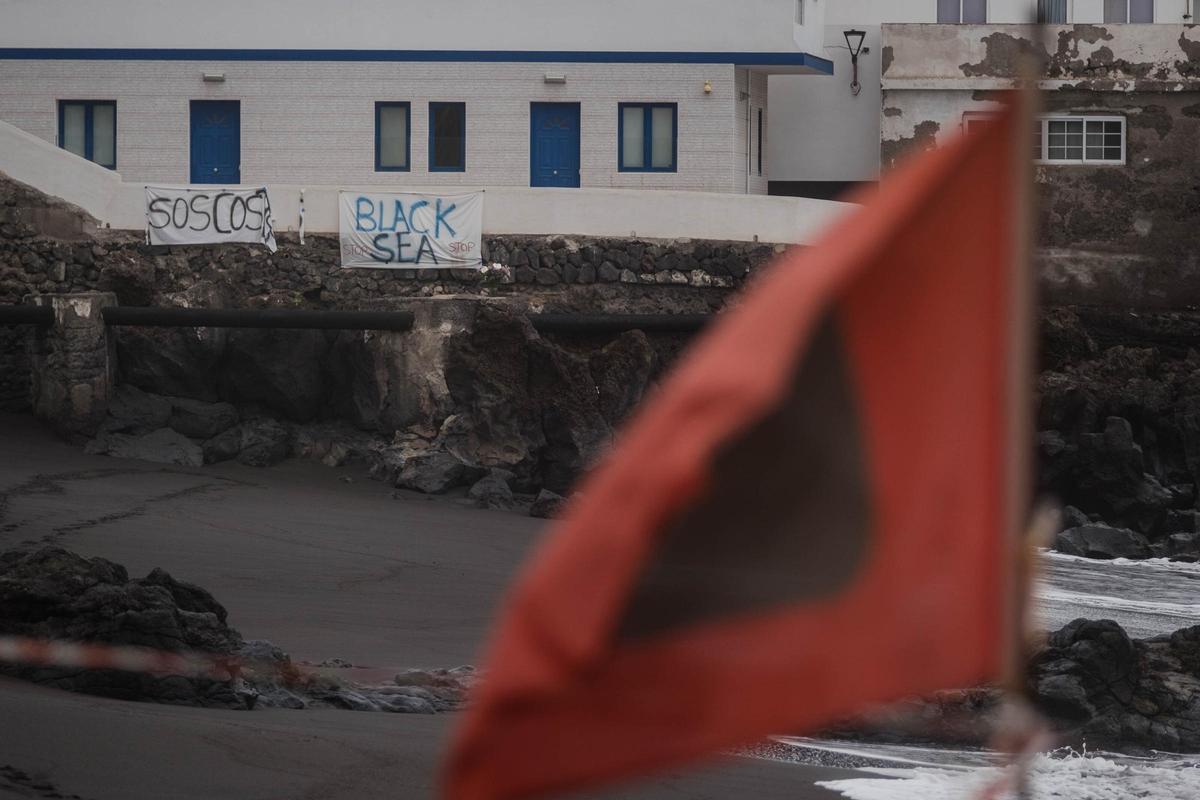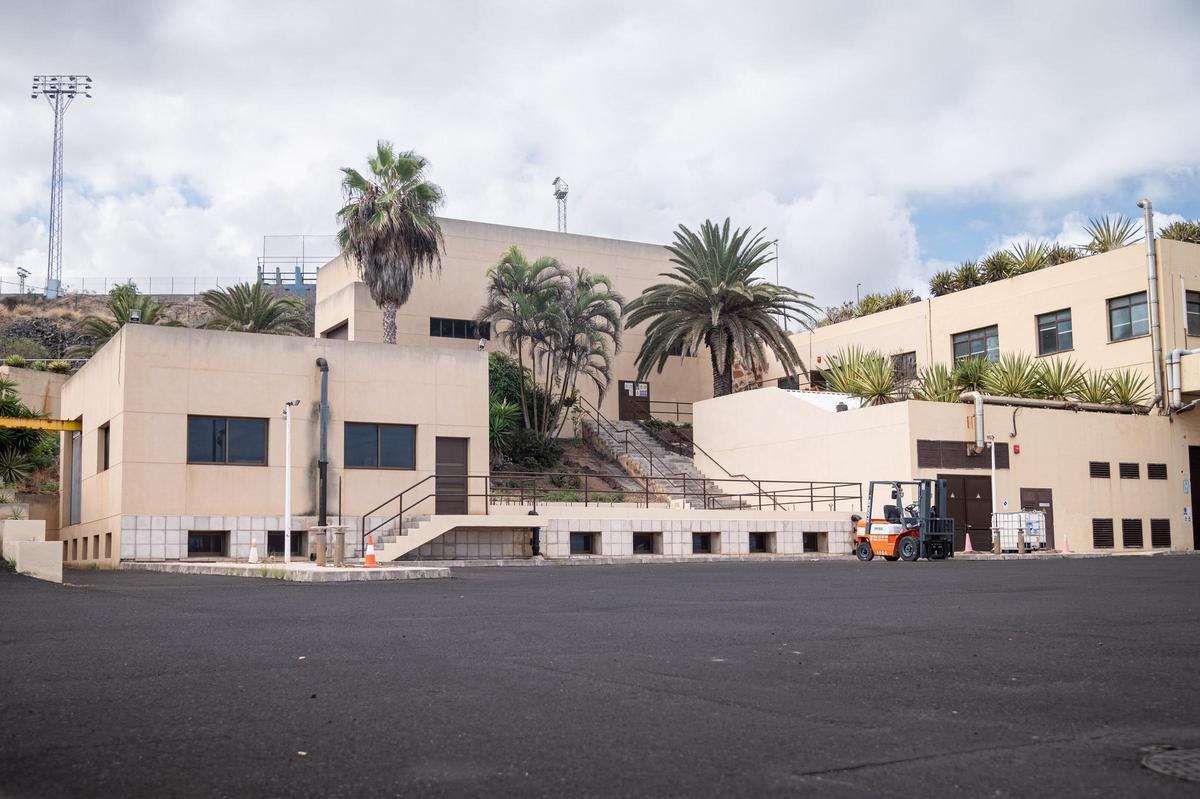Puerto de la Cruz, the birthplace of tourism in Tenerife has announced the commencement of works to conclude the sewage spills that necessitated the closure of the main beach for swimming more than eight months ago. The mayor, Leopoldo Afonso (PP), stated on Thursday that these projects are “essential” and aim not only to restore access to Playa Jardín but also to establish long-term sustainable solutions for Punta Brava and the entire coastline of the municipality.
On July 3 of the previous year, the former mayor, Marco Afonso (PSOE), issued a decree to prohibit swimming in the three coves known as Playa Jardín following Public Health’s advice 13 days earlier about the high levels of two bacteria found in contaminated waters.
This contamination results from years of inaction by the relevant authorities to address several spills that have been reported at least since 2020, including the Insular Water Council, part of the Cabildo de Tenerife, and Public Health itself, a body of the Canary Islands Government.

Commencement of the municipal works in the Punta Brava neighbourhood, adjacent to Playa Jardín. / The day
A recent report from the General Directorate of Ecological Transition of the Regional Executive highlights that this severe pollution source represents the most significant environmental disaster that Tenerife faces currently, attributed to four main causes: the Punta Brava treatment plant, situated close to Playa Jardín; the breakdown of the emissary from this plant; the serious deficiencies in the sanitation network of the Punta Brava neighbourhood; and the malfunctioning of three spill locations including El Caletón, Playa Chica, and Playa Jardín.
The Portuense administration led by Leopoldo Afonso, who assumed office in August of the previous year following a vote of no confidence against the PSOE, has initiated a series of measures deemed necessary to eliminate these pollution hotspots that the mayor himself has labelled as “alarming.”

Warning flag indicating that swimming is prohibited at Playa Jardín due to sewage spills. / Arturo Jiménez
This week marked a significant advance with the initiation of works to improve the sewer network in the Punta Brava neighbourhood, starting on Acade Street, as part of Phase 1 of the Anti-Pollution Plan, in collaboration with the concessionaire of the Integral Aqualia Water Cycle.
Another “noteworthy” action, according to Afonso, took place last week in coordination with the IMESAPI concession companies, as well as Aqualia, which focuses on the water network. This consisted of the installation of a generator set in the Punta Brava neighbourhood to prevent power outages that disrupt the normal operation of pumping stations in the area and potentially lead to uncontrolled releases into the sea.
Additionally, beginning this Friday, new initiatives will include cleaning the beach pumping station and the network on Acade Street, along with sewerage cleaning by vacuum truck in several streets such as Tegueste, Doctor Fleming, Pelinor, and Rome. There will also be manual cleaning and verification of drains, lids, and sewer records across various sectors, with plans to clean the coastal sewer at Playa Chica and in other streets.
On another note, over the next few days, work will commence on disconnecting flows from La Vera and the Las Adelfas Urbanisation to prevent direct discharges into the interceptor collector situated on Galeon Street, thereby averting potential uncontrolled spills at the Playa Chica beach pumping station.
In a similar vein, the Administrative Concessions Area is set to invite bids for the new contract of the integral water cycle, which will facilitate the legalisation of all pumping and spillage stations throughout the municipality, along with the new sanitation network for the Punta Brava neighbourhood.

The Punta Brava treatment plant in Puerto de la Cruz. / Arturo Jiménez
The mayor stresses that “We are dedicated to undertaking all necessary measures to reopen the beach as swiftly as possible.” Moreover, the Councilor for Administrative Concessions, Pedro Antonio Campos, highlights that “municipal decisions and efforts are aimed at definitively resolving the beach crisis and preventing any unwanted incidents elsewhere in Puerto de la Cruz.”
Alonso Acevedo, the General Services Councilor, adds: “As we progress with the essential clean-ups and enhancements, we are moving closer to resolving this crisis. The beach is a significant asset for our city, and we are committed to protecting and preserving it.”
The City Council has made an initial investment of 150,000 euros, which complements an external investment of one million euros from the Cabildo and an additional 300,000 euros from the Canary Islands Government via the ecological transition department, facilitating the funding of these vital works.
Simultaneously, the Cabildo has announced the unblocking of two crucial projects, specifically the expansion of the Punta Brava treatment plant and the regeneration of the submarine emissary from this plant, located very near Playa Jardín. The appalling condition of this emissary has contributed to the residual spills prompting the swimming ban in this section of the Portuense coastline, a prohibition that remains in effect six months later due to the persistently high bacterial levels associated with contaminated waters. The overall cost of all the actions underway or in preparation by both the City Council and the Cabildo exceeds 35 million euros.















